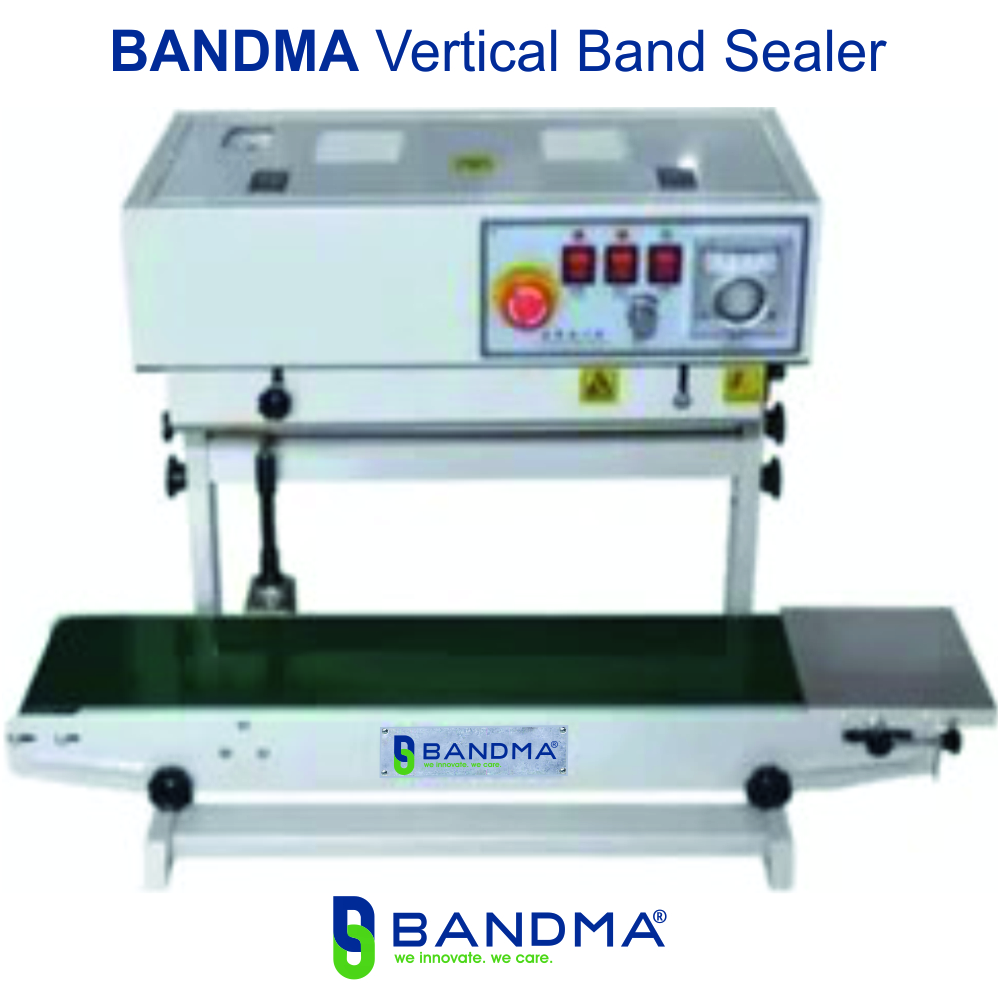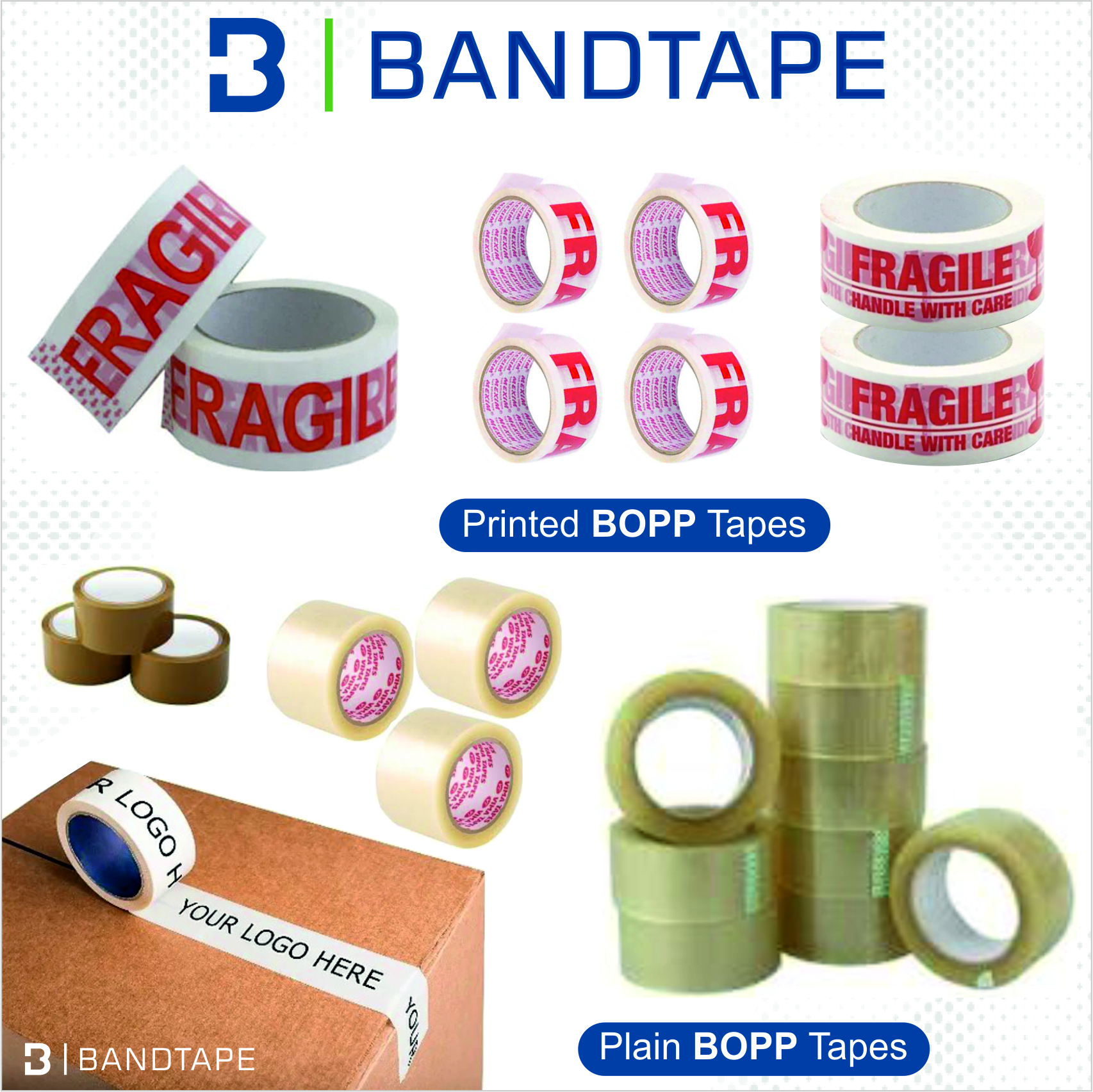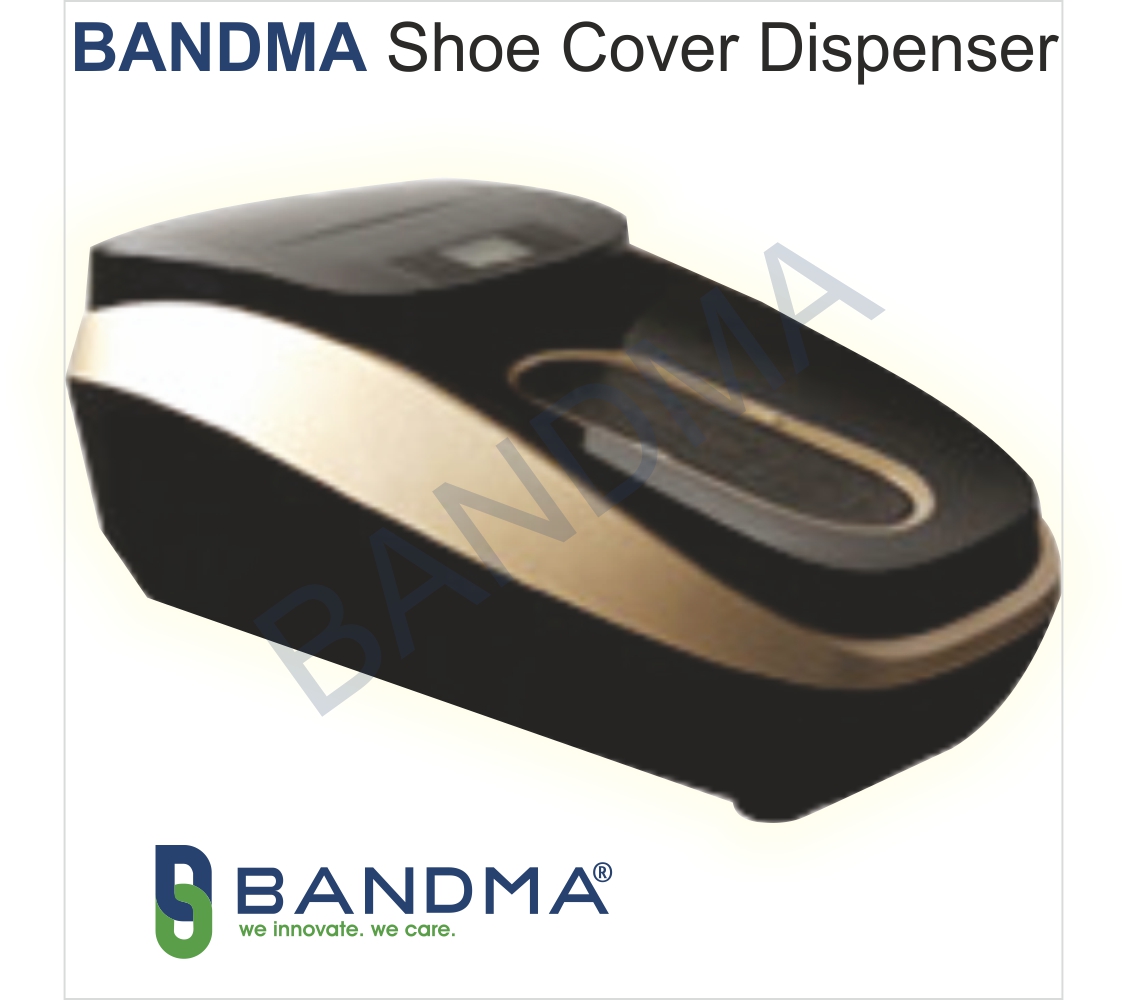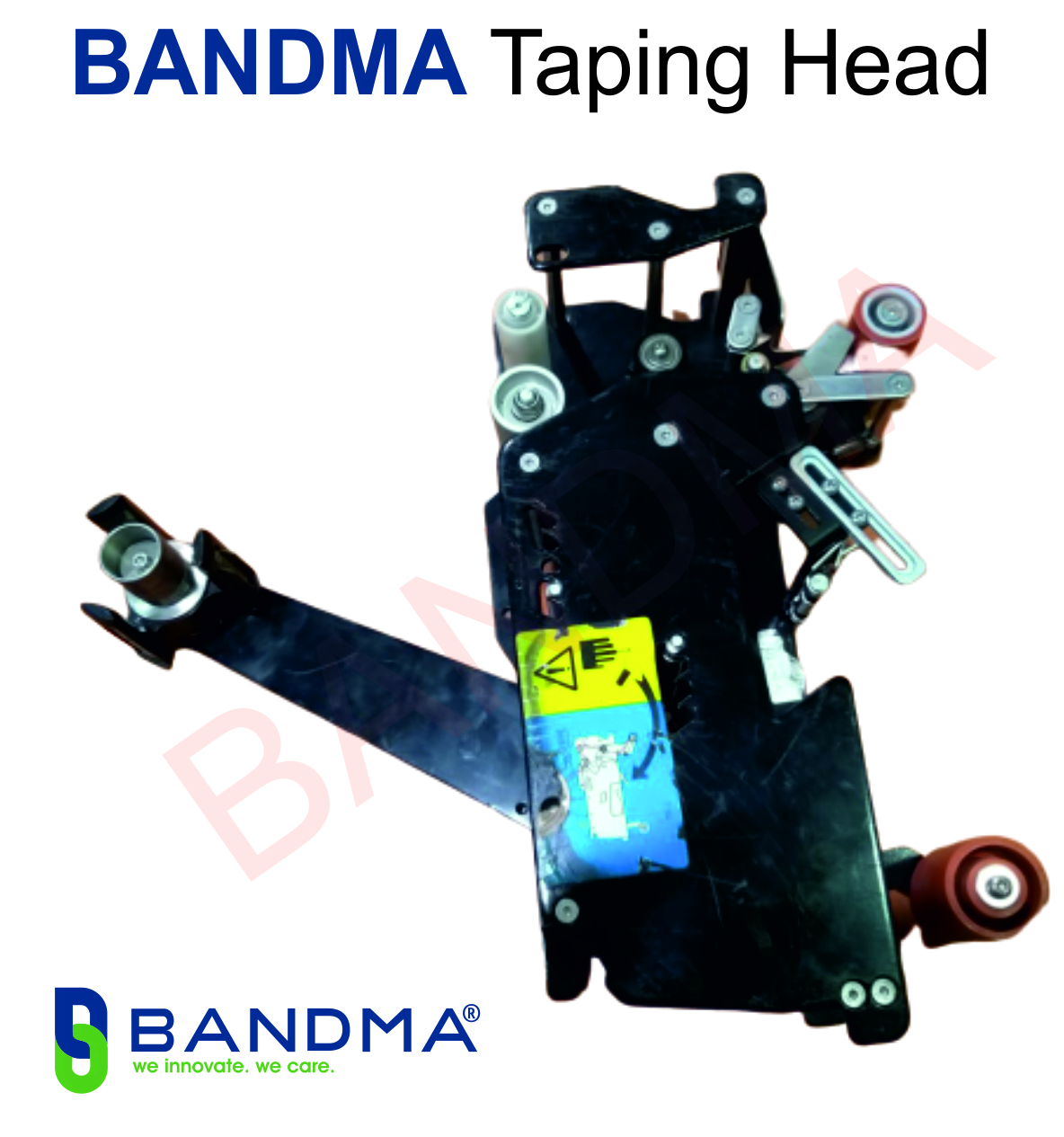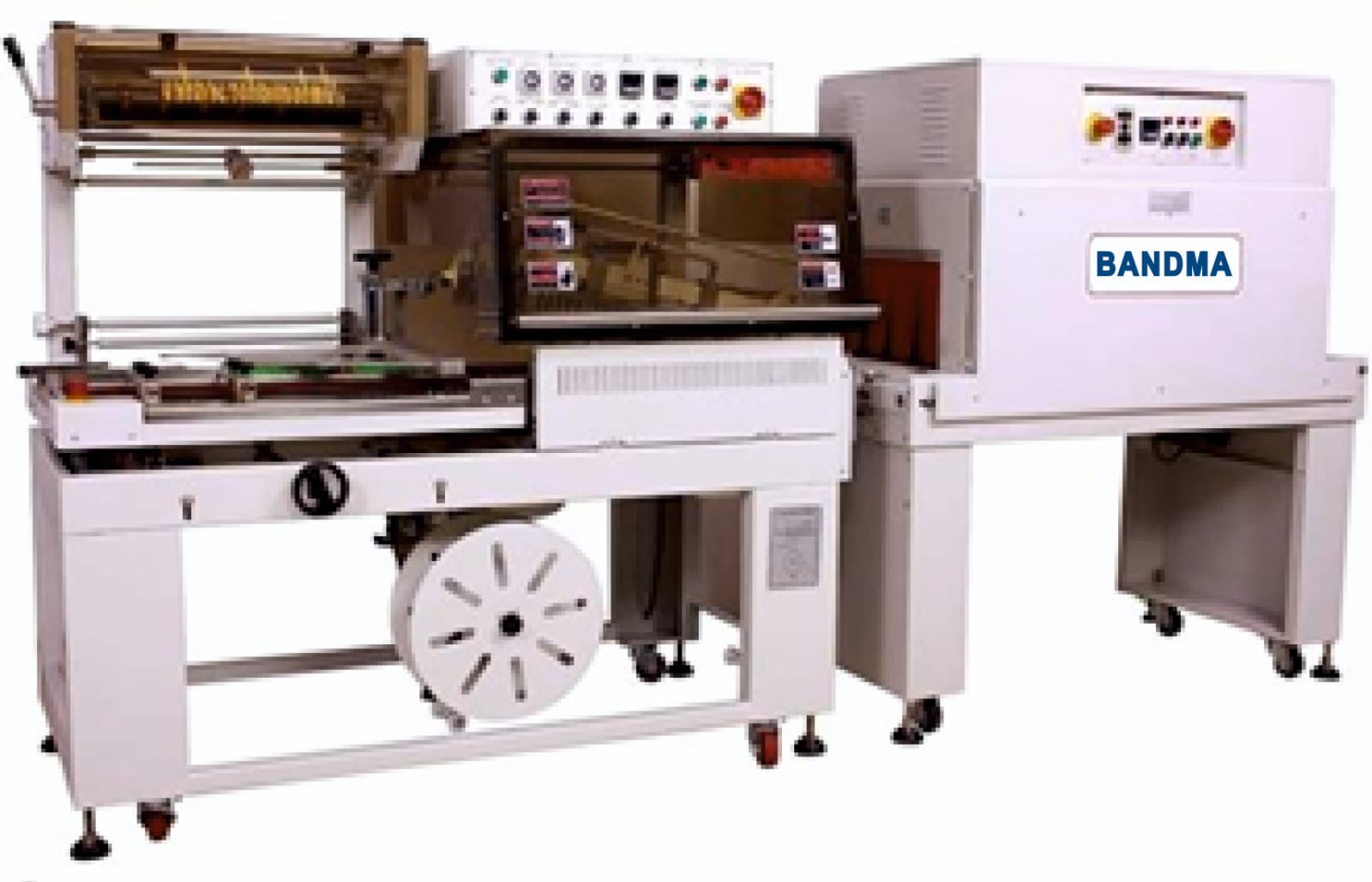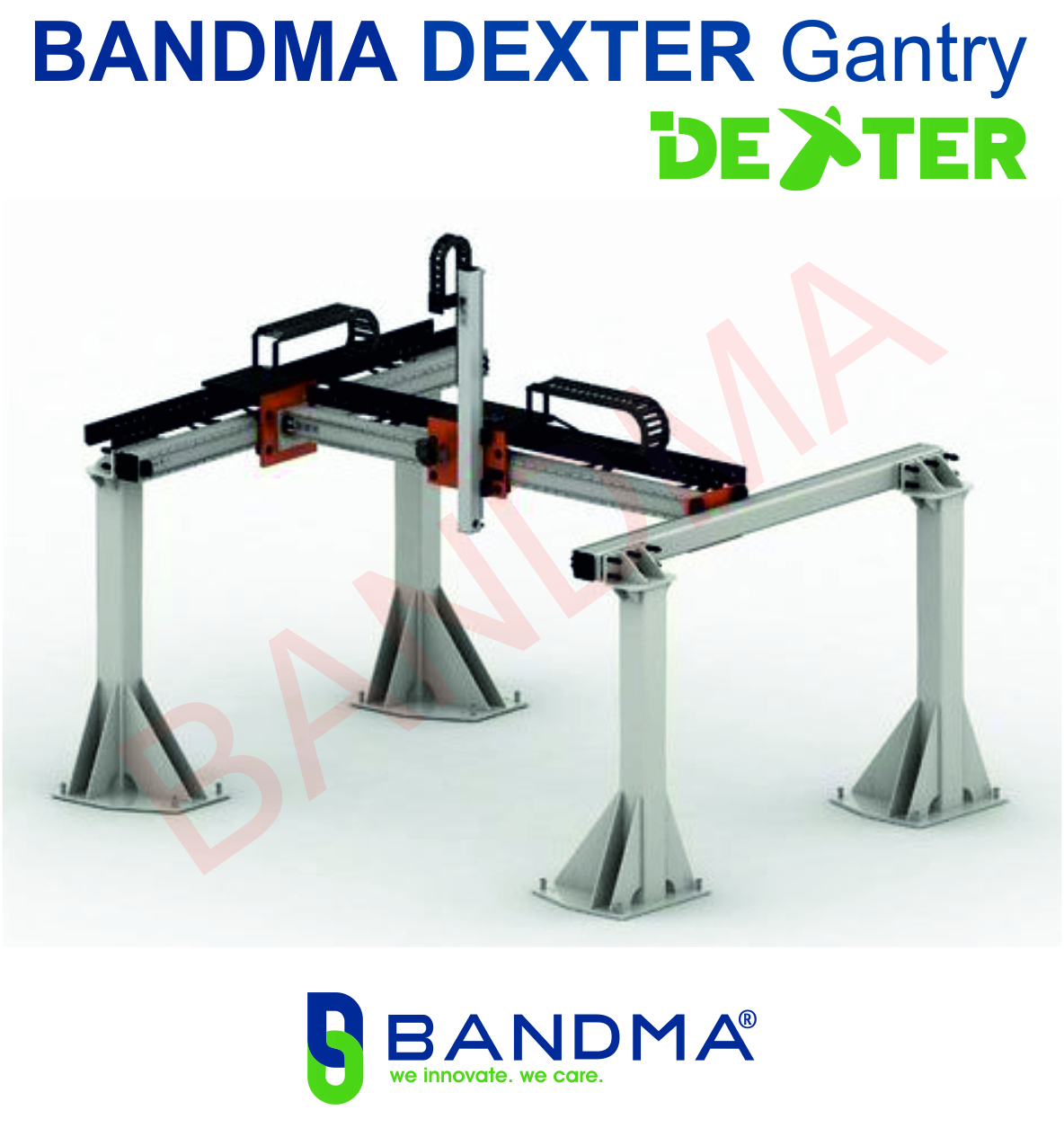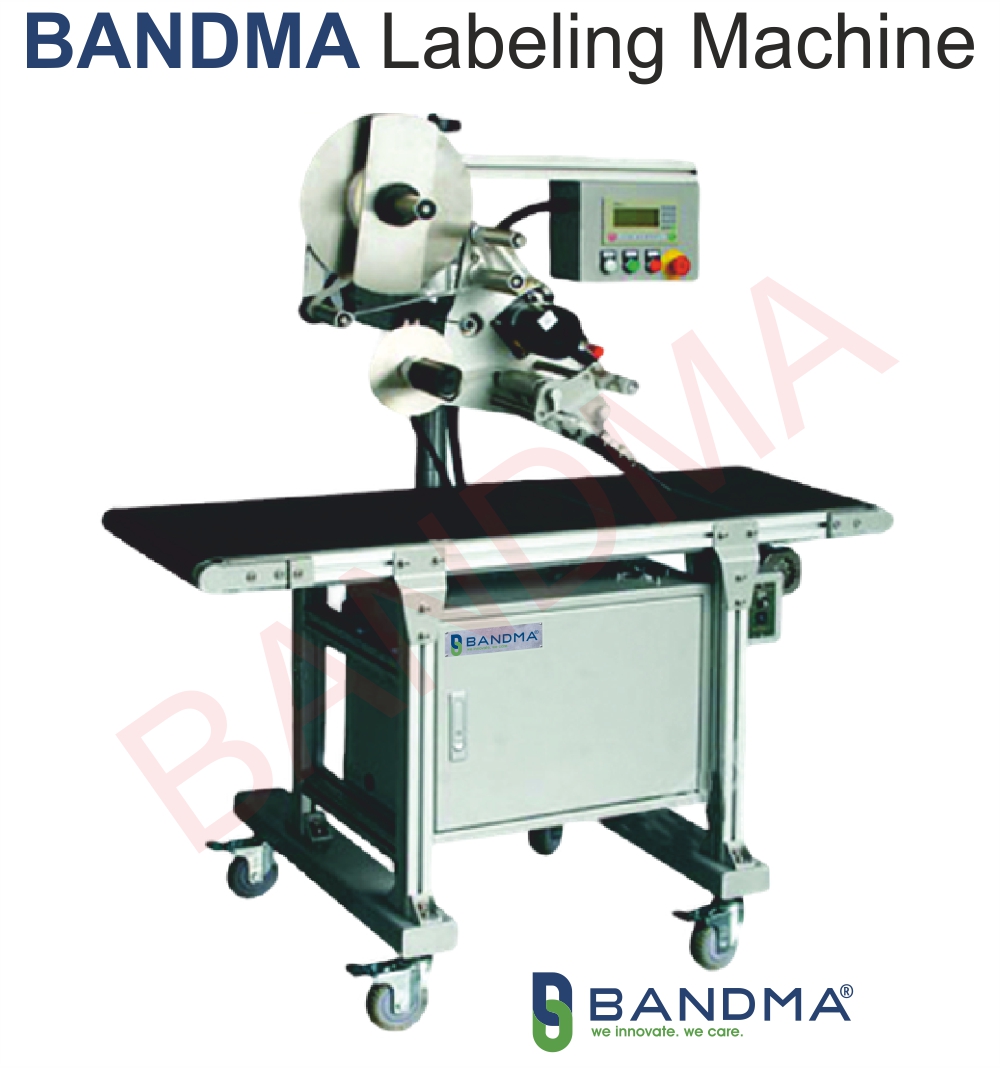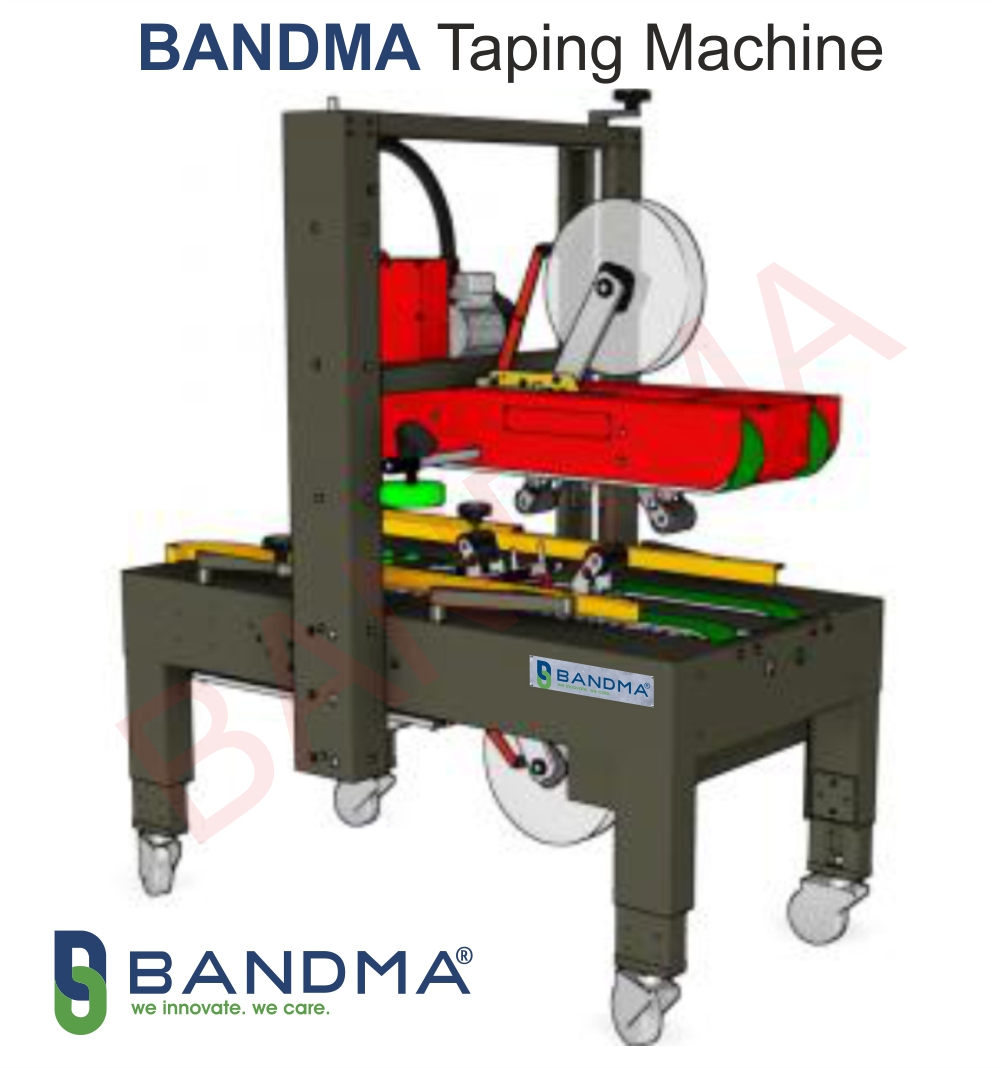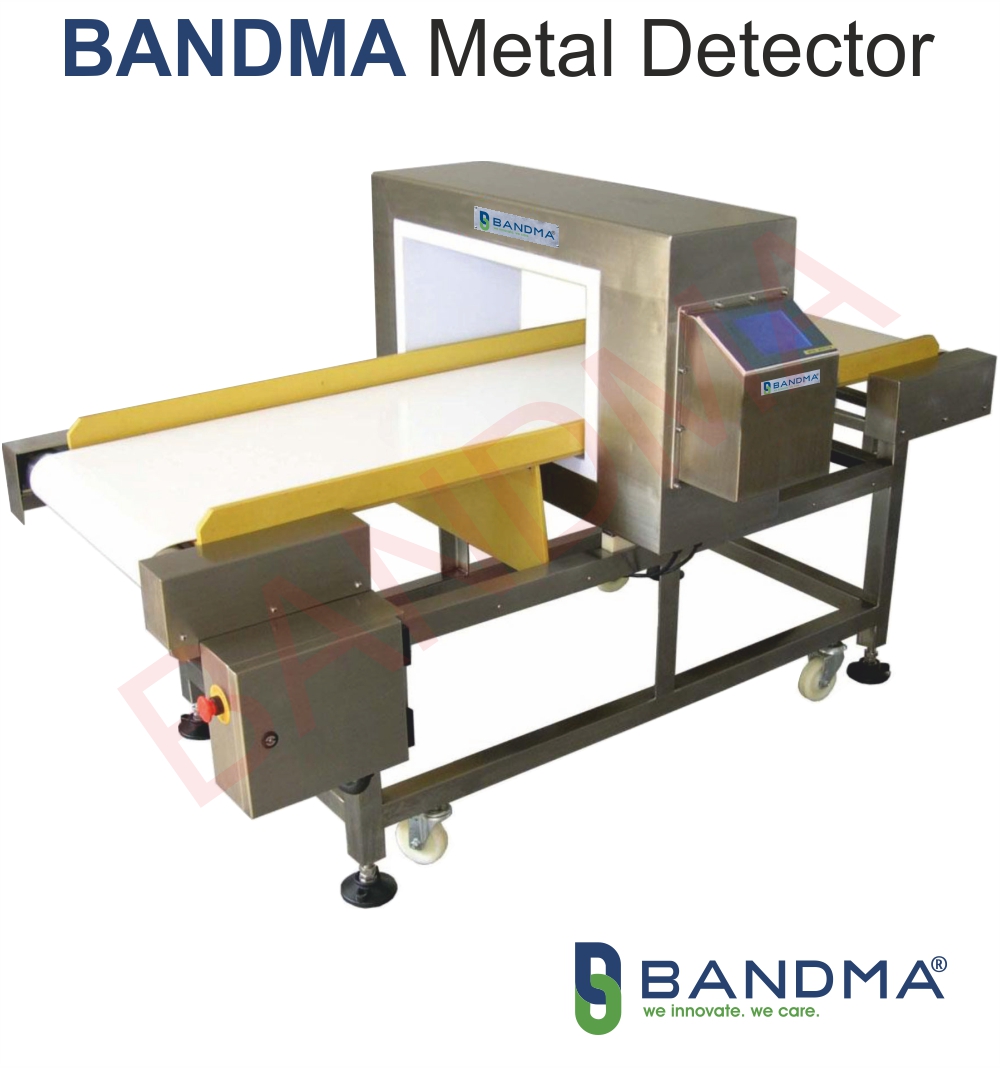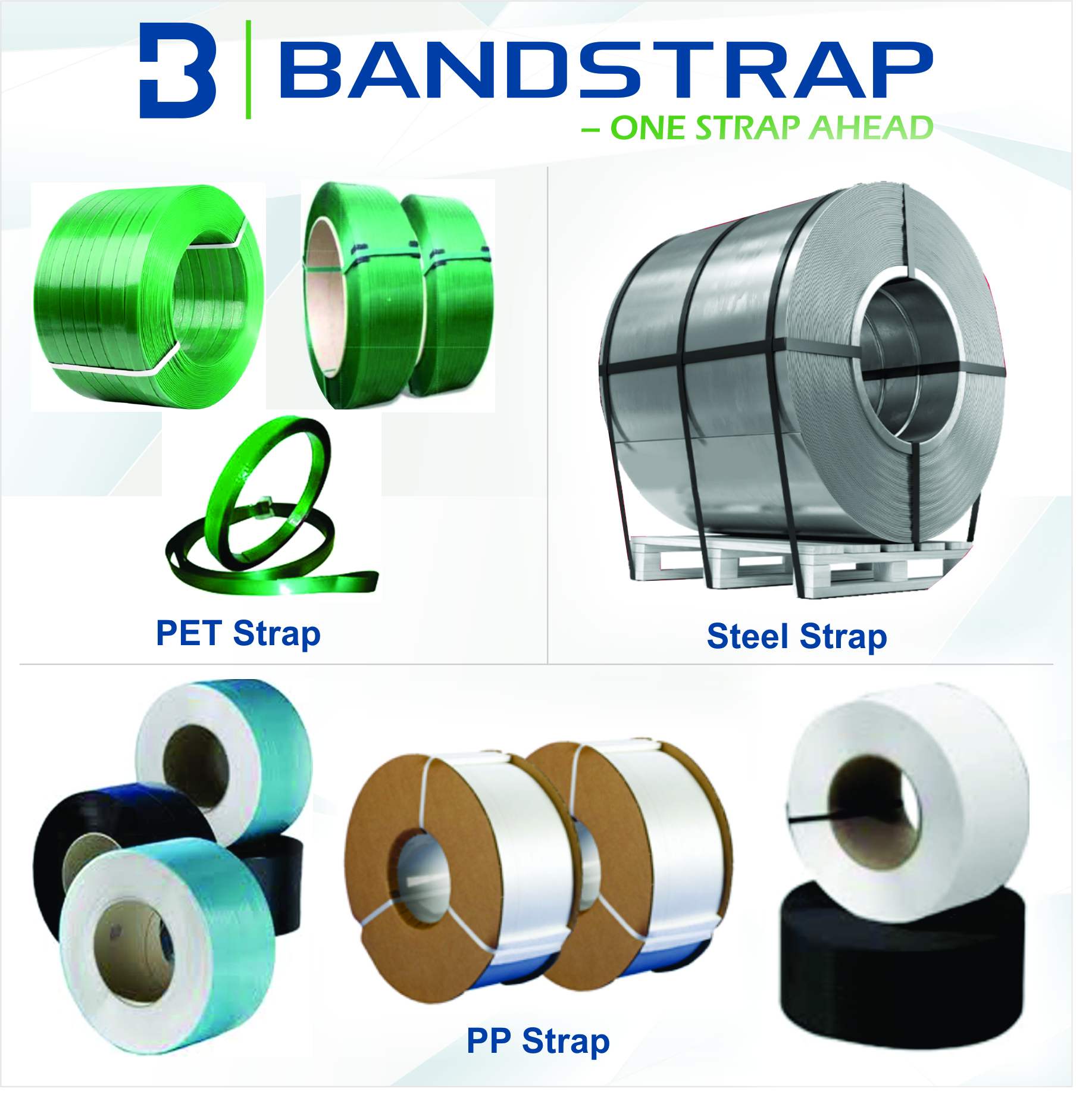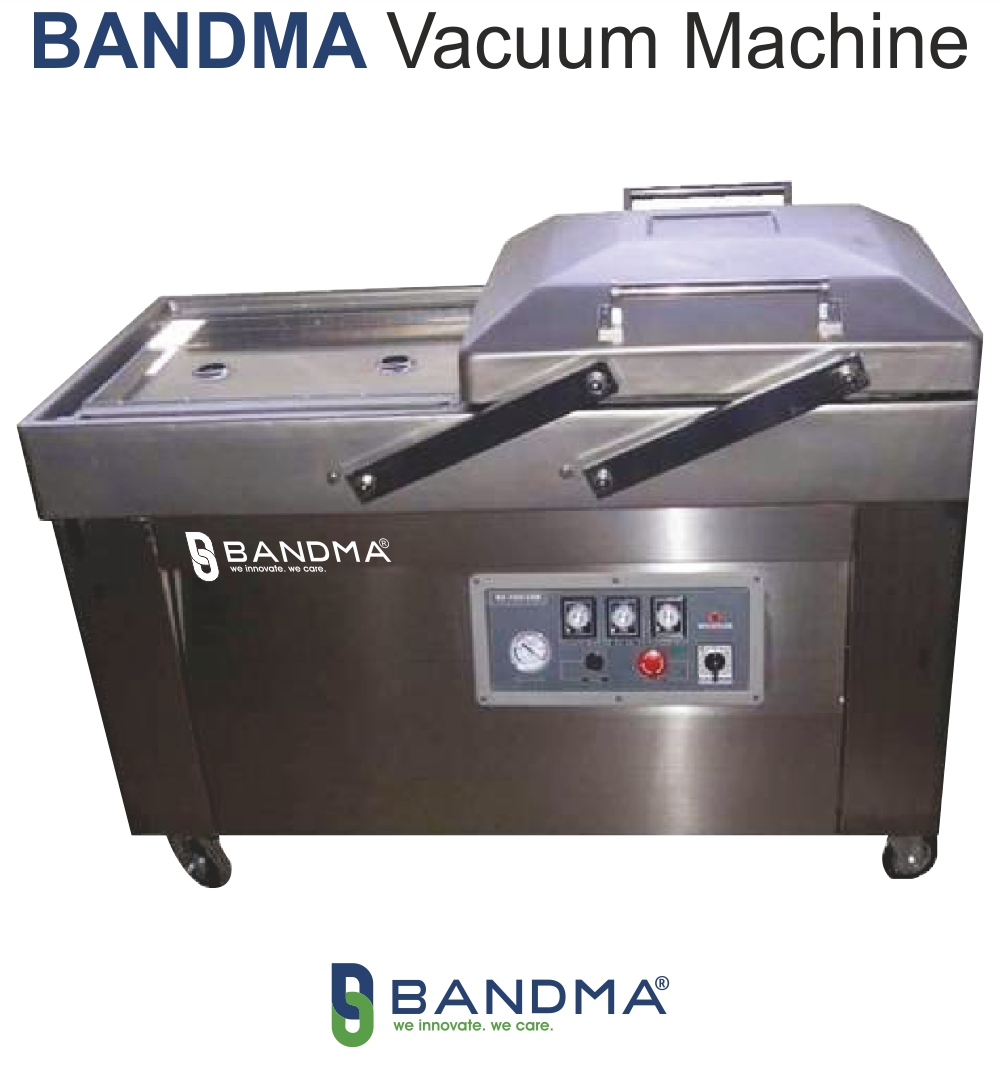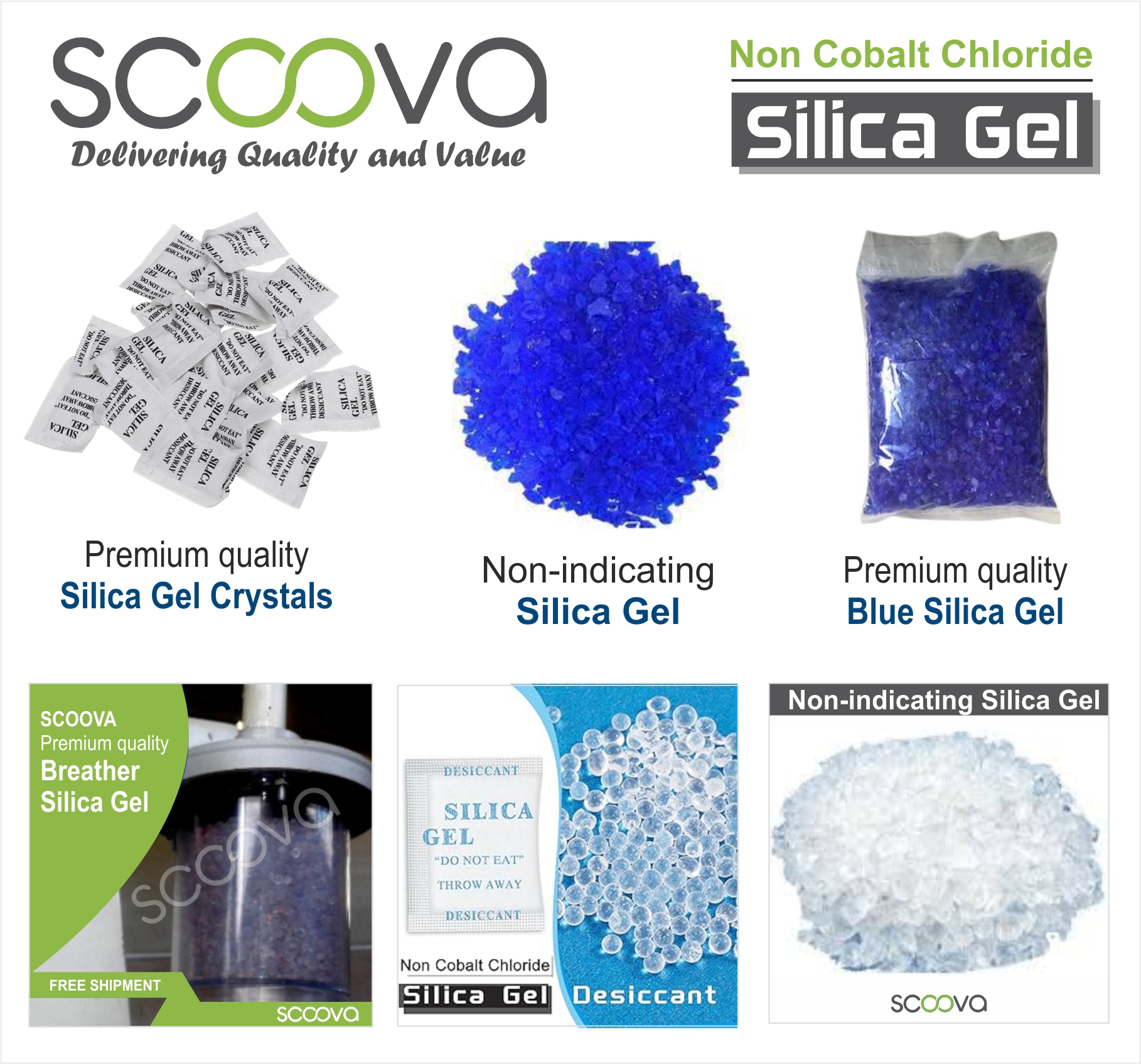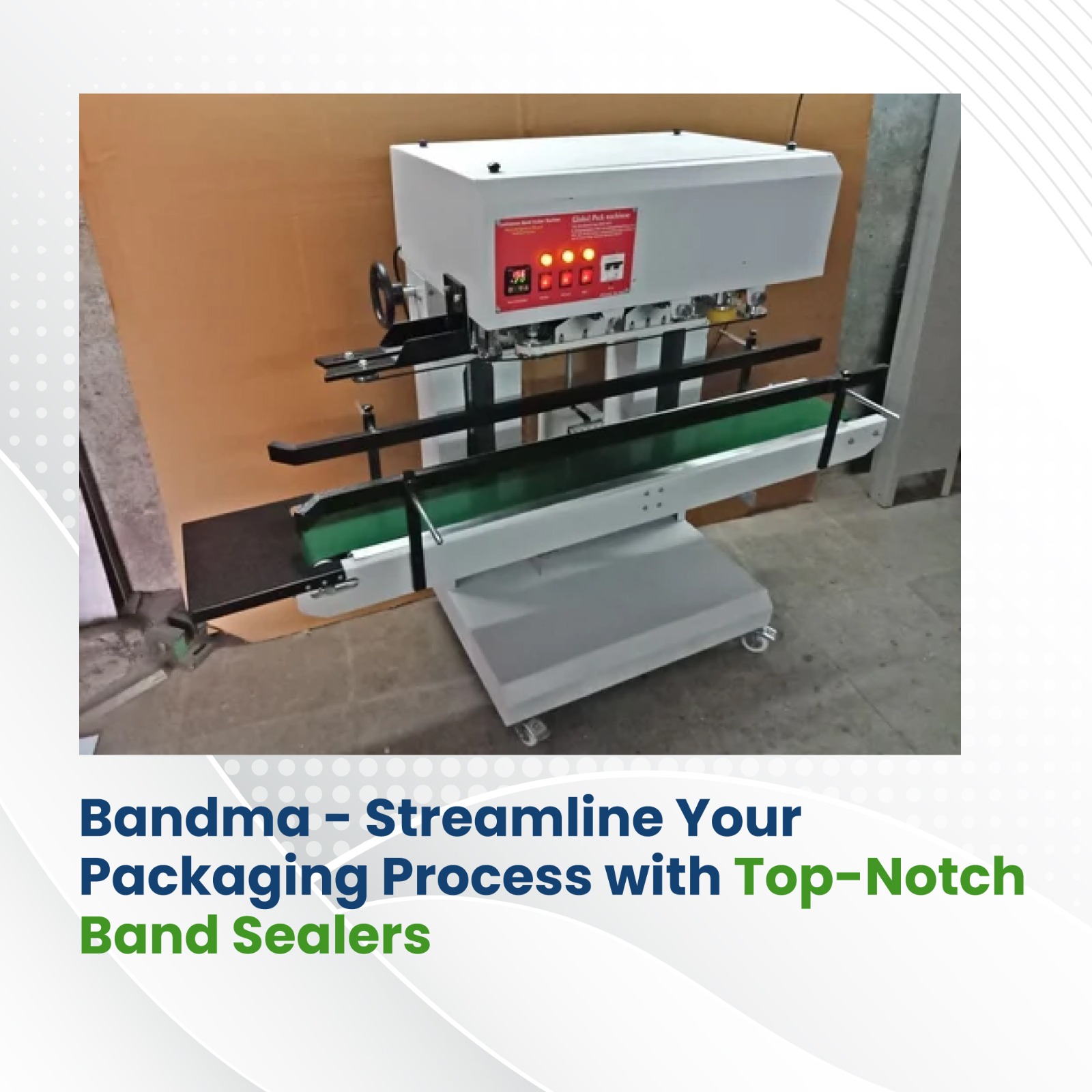In the rapidly evolving field of packaging, dependability and efficiency are critical. The band sealer is one of the main instruments that has transformed packing procedures in numerous sectors. This adaptable device has many advantages that make it a priceless tool for companies trying to improve productivity and guarantee the quality of their output. We will examine the nuances of band sealers in this extensive guide, along with their uses, benefits, and factors to take into account when choosing the best model for your requirements.
Understanding Band Sealers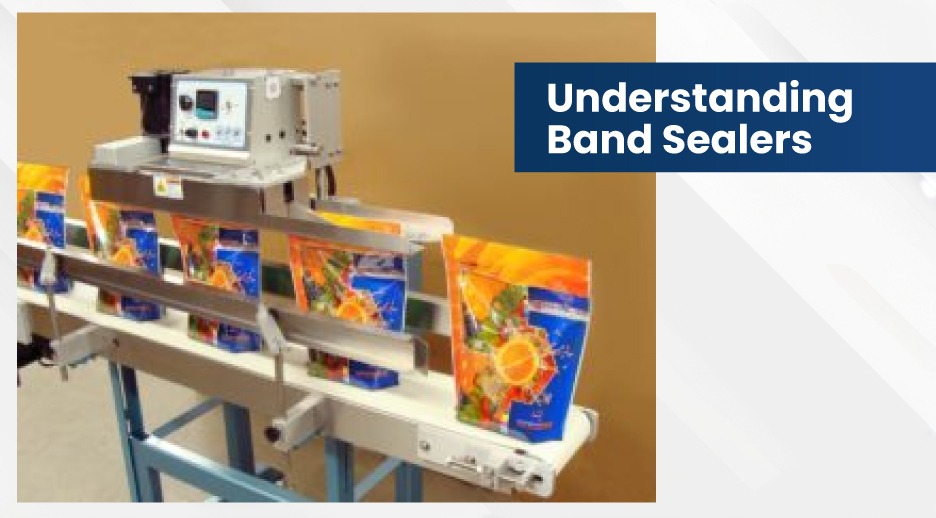
A band sealer, sometimes referred to as a continuous band sealer, is a kind of heat sealer used to seal thermoplastic bags and pouches. With band sealers, sealing may be done quickly and reliably without the need for manual or impulse sealers, which handle each package one at a time. In order to create a secure seal, the machine operates by forcing the open end of a bag or pouch through a heated sealing band. This process utilizes pressure and heat to fuse the material together.
Bandma - Key Components and Functionality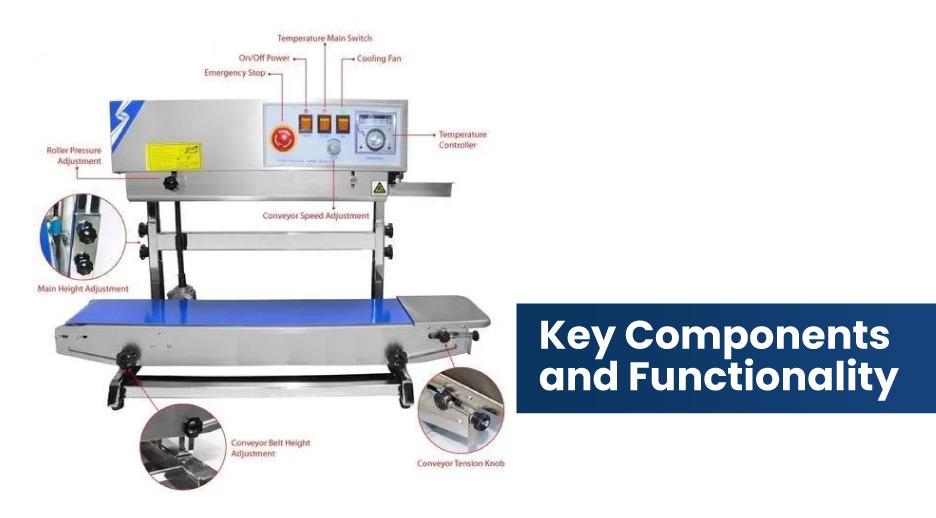
Band sealers consist of several key components that work in harmony to achieve efficient sealing:
- Heating Elements: These are in charge of producing the heat necessary for melting plastic and sealing it.
- Sealing Bands : Constructed from sturdy materials like Teflon, these bands transport the bags through the apparatus while guaranteeing uniform application of pressure and heat.
- Cooling part: The material that has just been sealed is cooled in this part, cementing the seal and preventing it from opening again.
- Conveyor System: Various bag sizes are supported and consistency is ensured as the bags are fed through the sealing process via an adjustable conveyor belt.
- Control Panel: To suit different materials and thicknesses, operators can modify parameters including temperature, speed, and pressure.
Applications of Band Sealers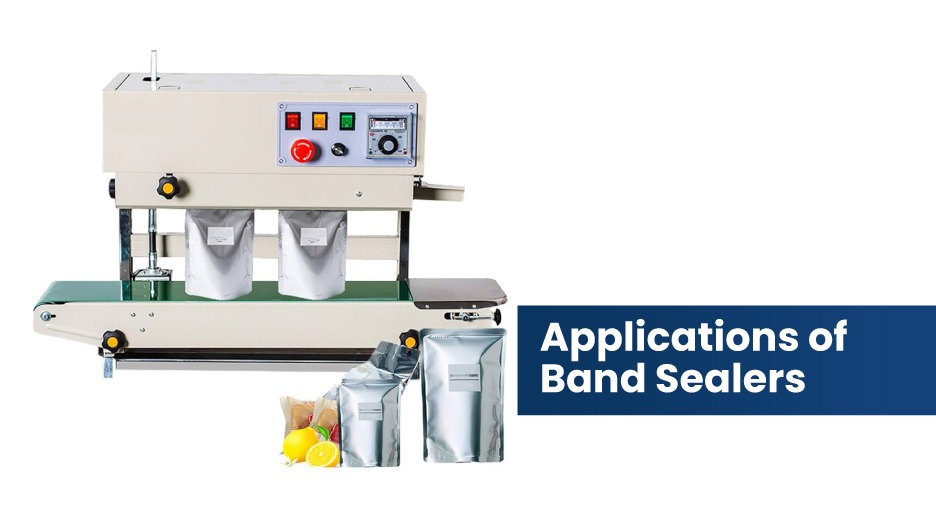
Because of their effectiveness and versatility, Bandma provide band sealers that are utilized extensively in a variety of sectors. Typical uses for them include:
- Food Packaging: Guaranteeing the safety and freshness of goods such as coffee, snacks, spices, and frozen meals.
- Pharmaceuticals: supplying medical supplies and medications with safe, tamper-evident seals.
- Agriculture: Fertilizer, seed, and other agricultural product packaging.
- Chemicals: To avoid spills and contamination, securely seal bags holding liquids, granules, and powders.
- Retail: The packaging of domestic products, electronics, and apparel.
Advantages of Using Band Sealers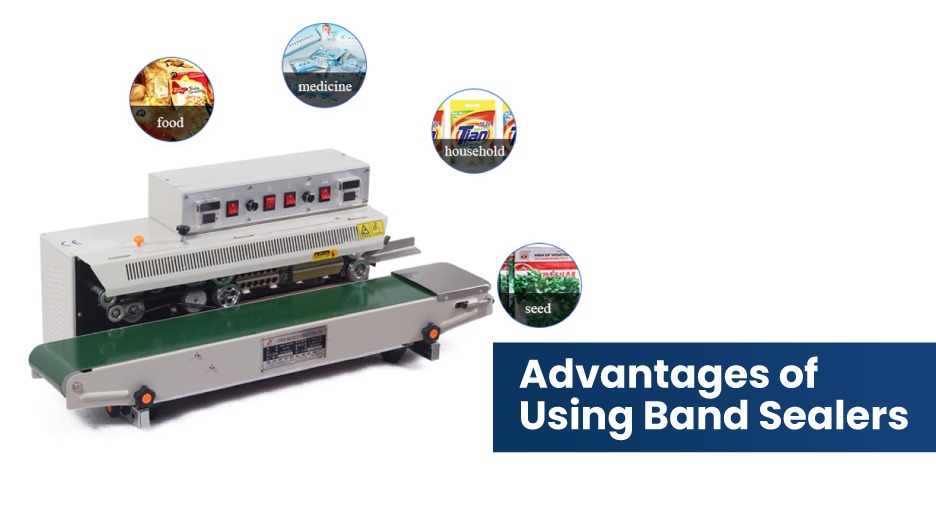
- High Efficiency: Band sealers greatly boost production by being able to handle a huge volume of packages in a short amount of time.
- Consistent Seals: By maintaining constant functioning, the chance of product leakage or spoiling is decreased.
- Versatility: They are capable of sealing foil bags, laminates, polyethylene, and polypropylene, among other materials.
- Cost-Effective: Band sealers help reduce operating expenses by eliminating seal failures and lowering manual effort.
- Ease of Use: With their intuitive controls, modern band sealers require no training.
Bandma - Choosing the Right Band Sealer
When selecting a band sealer, several factors need to be considered to ensure you choose the right model for your needs:
- Material Compatibility: Verify that the band sealer is compatible with the kinds of materials you plan to package using.
- Sealing Speed : Evaluate the machine's speed in relation to your production needs.
- Temperature Range: The temperatures at which different materials should be sealed vary. Select a device that offers temperature adjustment.
- Pouch Size and Thickness: Verify that the machine can handle the pouch or bag size and thickness you're using.
- Vertical vs. Horizontal: Models with horizontal bands work better with solid materials, while vertical band sealers work best with liquid or powder-filled bags.
- Additional Features: Seek for features like easy maintenance, height adjustment, and an integrated printer for batch codes.
Bandma - Maintenance and Troubleshooting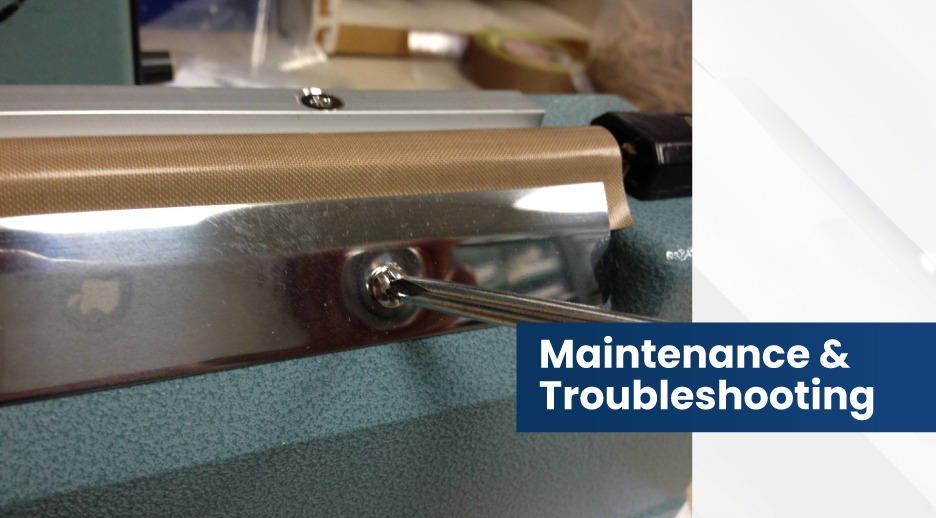
To ensure the longevity and optimal performance of your band sealer, regular maintenance is crucial. Here are some maintenance tips:
- Clean Regularly: To avoid residue build-up that may impair sealing quality, keep the heating elements and sealing bands clean.
- Inspect Components: Examine belts, heating elements, and other parts on a regular basis for wear and tear.
- Lubricate Moving Parts: Lubricate the conveyor system and other moving parts to ensure smooth operation.
- Keep an Eye on Temperature Settings: Make sure the device keeps the proper temperature settings for reliable seals.
- Replace Worn Parts: You may avoid malfunctions and guarantee uninterrupted operation by replacing worn-out or broken parts on time.
If you encounter issues with your band sealer, here are some troubleshooting steps:
- Inconsistent Seals: Verify that the temperature settings are suitable for the material by checking them. Additionally, check for any damage or residue on the sealing bands.
- Burn Marks on Seals: Lower the conveyor belt's temperature or speed to avoid overheating.
- Bags Not Sealing: Verify that the sealing bands are in excellent condition and that the machine is achieving the necessary temperature.
- Conveyor Belt Problems: Verify that the belt is correctly tensioned and look for any obstacles or misalignments.
Conclusion
Band sealers are effective instruments that contribute to packing process efficiency, consistency, and diversity. A band sealer may greatly improve your packaging operations, regardless of your industry: food, pharmaceutical, agricultural, chemical, or retail. You can get the most out of this priceless device by being aware of its essential parts, uses, and upkeep needs. Ensure the integrity and safety of your products while increasing productivity by investing in a high-quality band sealer.


